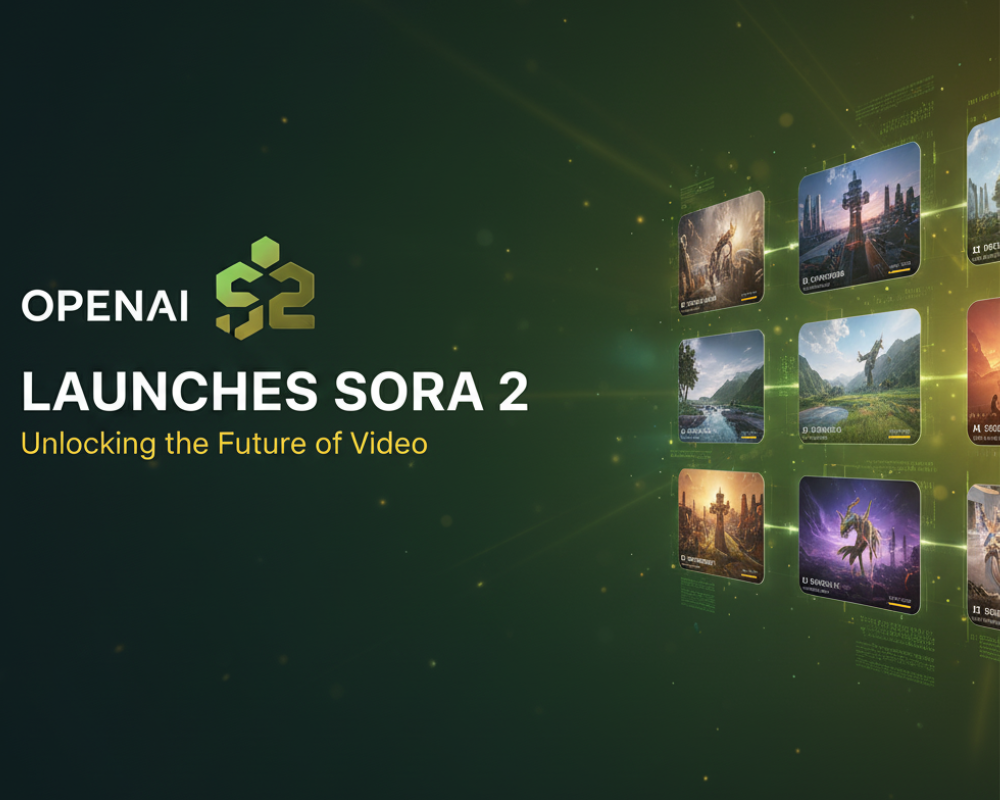October 3, 2025 By: JK Tech
OpenAI, already known for pioneering the cutting edge of artificial intelligence, takes a giant leap into the realm of short-form video sharing with Sora 2, its new AI model, and the Sora app. Think TikTok, but all the videos are created entirely by AI. No more extensive filming time or subtle editing skills for users; all it takes now is the text prompt, as the AI generates the video itself, delighting viewers with an astonishingly realistic effect, complete with synchronized music and actions that happen in the real world.
The app itself mirrors the vertical scrolling format ubiquitous in the TikTok phenomenon. You can scroll endlessly through an AI-curated feed, comment on it by liking it, commenting on it, and remixing videos. Perhaps the most batted-about app feature is Cameo, where users can superimpose an authenticated image of themselves onto videos. Each time an image of you gets used, the app notifies you, offering an unprecedented level of control and disclosure over how you appear online.
Sora is now available on iOS on an invite-only basis in the United States and Canada. While the rollout so far has been small, the app has already gone viral among users and is now at #3 on the Apple App Store after just behind giants TikTok and Instagram. Its early popularity bodes well for AI content as the next big thing on social media, as it mixes creativity and technology in ways only dreamed of before.
Nevertheless, Sora’s technology also has big ethical and legal implications. Creating realistic videos of people also stirs up controversy concerning permission, confidentiality, as well as disinformation. Can an individual abuse AI for the purpose of mimicking another individual or propagating false myths? OpenAI has also accepted those dangers and implemented content filters as well as permission tools when they created Sora in order to help secure the technology for sound purposes. Nevertheless, experts as well as users continue to monitor how the tools develop over the subsequent few months.
Apart from the ethical argument, Sora presents a strategic foray for OpenAI into mainstream social media. AI-made videos symbolize the new way content may be created as well as consumed. Production barriers deflate, but novel avenues for creativity emerge. To the creators, marketers, as well as casual users, the promise for creating professional-grade content without doing much work at all greatly appeals. It’s the vision of the future where AI not only aid creativity but also collaborates in storytelling.
In many ways, Sora exemplifies the larger theme of the technology landscape: the mainstreaming of AI in everyday applications. From building text and images to entire videos, AI is no longer just for the researchers’ lab or the exclusive use of the insider elite, it’s seeping into areas where millions of users touch base on an everyday basis. Sora may just the first among many platforms powered by AI that fundamentally redefine the meaning of “creating content”.
Though it’s pretty early to know exactly how Sora will redefine social media, its initial popularity implies there’s mass market appeal for AI-powered video production. OpenAI is sitting comfortably at the forefront of the wave, demonstrating the company’s not only to developing intelligent technology but about changing the way we talk, share, and think about storytelling in the digital era. With Sora 2 and the Sora app, OpenAI presents the vision of an age when anyone might become a filmmaker, animator, or storyteller, driven by AI, led by imagination, and only constrained by creativity.



